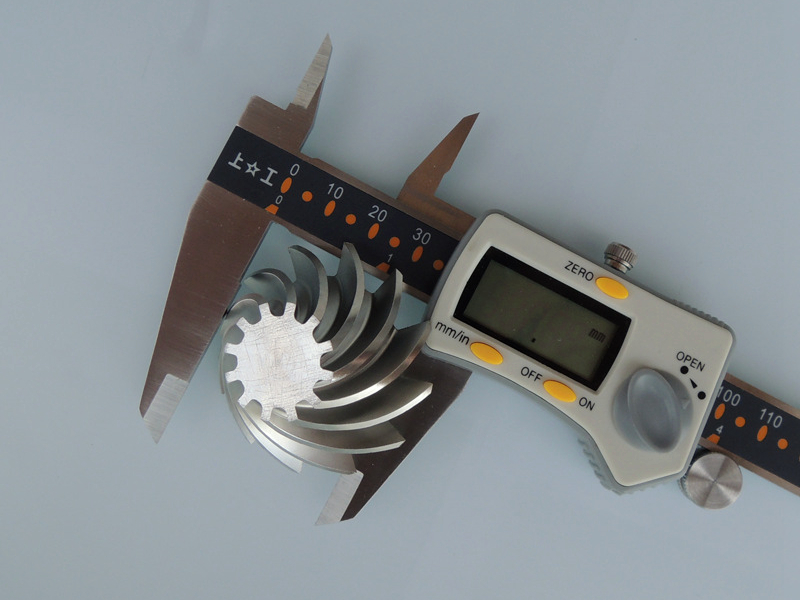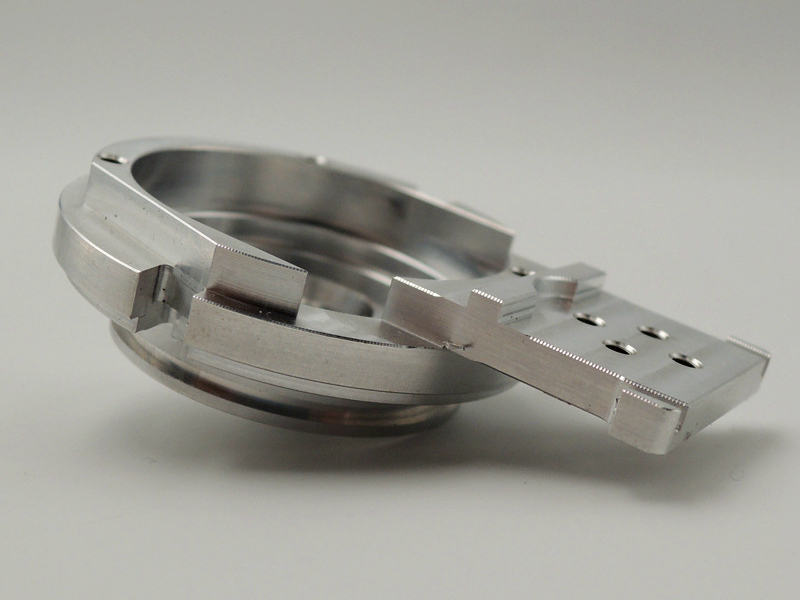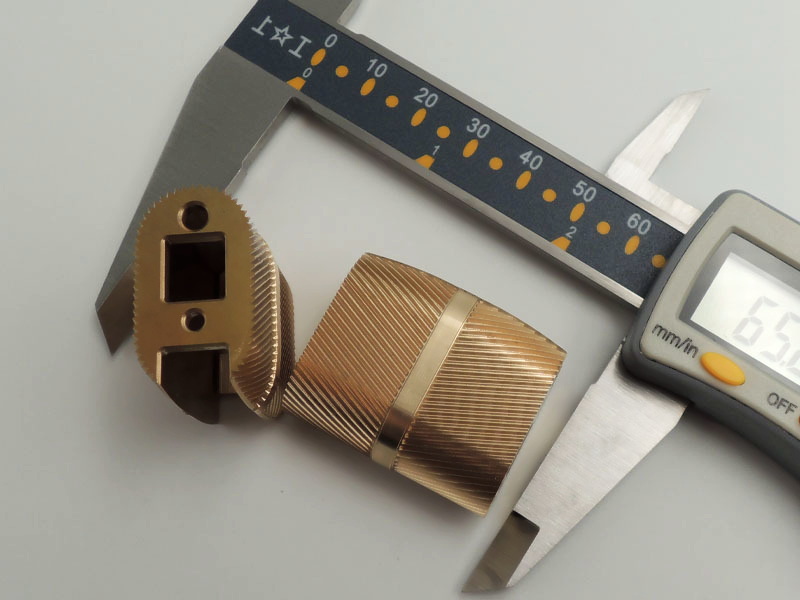How does material hardness affect CNC milling speed and tool life?
How Does Material Hardness Affect CNC Milling Speed and Tool Life?
The Relationship Between Hardness, Speed, and Tool Wear
Material hardness is a critical factor in CNC milling that directly affects cutting speed, tool wear, and overall machining efficiency. In general, the harder the material, the slower the optimal cutting speed and the shorter the tool life. This is due to increased cutting forces and higher temperatures at the tool–workpiece interface, which accelerate edge wear, chipping, and thermal deformation.
Machining Behavior by Hardness Category
Material Type | Hardness (HB) | Machining Speed | Tool Wear Rate | Typical Tool Type |
|---|---|---|---|---|
~95 | High | Low | Uncoated carbide or HSS | |
~100–120 | Very High | Very Low | HSS or carbide | |
~200 | Moderate | Moderate | Carbide with coating | |
~340 | Low | High | Coated carbide | |
~330–370 | Very Low | Very High | Ceramic or coated carbide | |
>500 | Extremely Low | Extremely High | Carbide or CBN inserts |
Hard materials like titanium, Inconel, or tool steels require lower cutting speeds (SFM) and feed rates, as well as specialized tooling (e.g., coated carbide, CBN, or ceramic tools). Softer metals like aluminum or brass allow high-speed milling with minimal tool wear and faster turnaround.
Impacts on Tool Life
Harder materials increase friction and heat, causing faster tool degradation.
Inadequate cooling or chip evacuation in hard materials leads to edge chipping.
Tool coatings (TiAlN, DLC, etc.) are often required for harder alloys to resist abrasion and oxidation.
Proper toolpath planning and reduced radial engagement help manage wear during hard material milling.
Neway’s Approach to Hard Material Milling
At Neway, we adjust feeds, speeds, and tool types based on the hardness of the selected material. Whether working with aerospace-grade superalloys, medical stainless steel, or production-grade aluminum, our optimized toolpath strategies and precision machining ensure both machining efficiency and prolonged tool life.
Explore our machining services:



